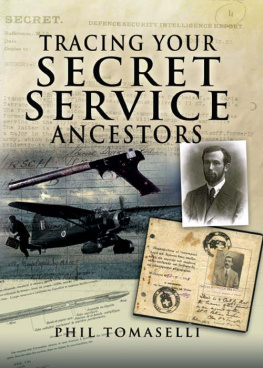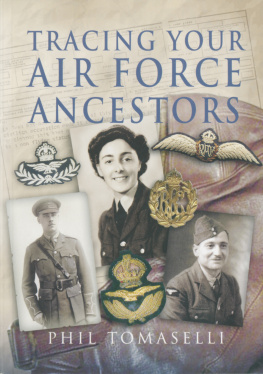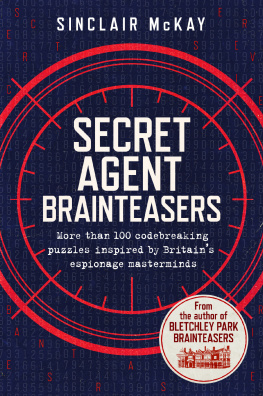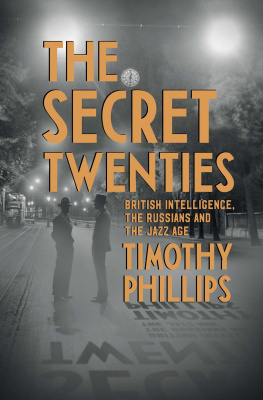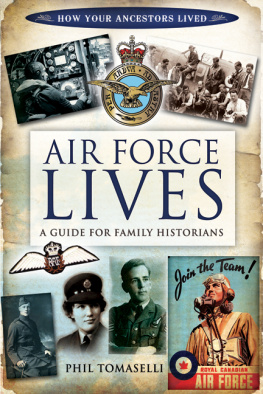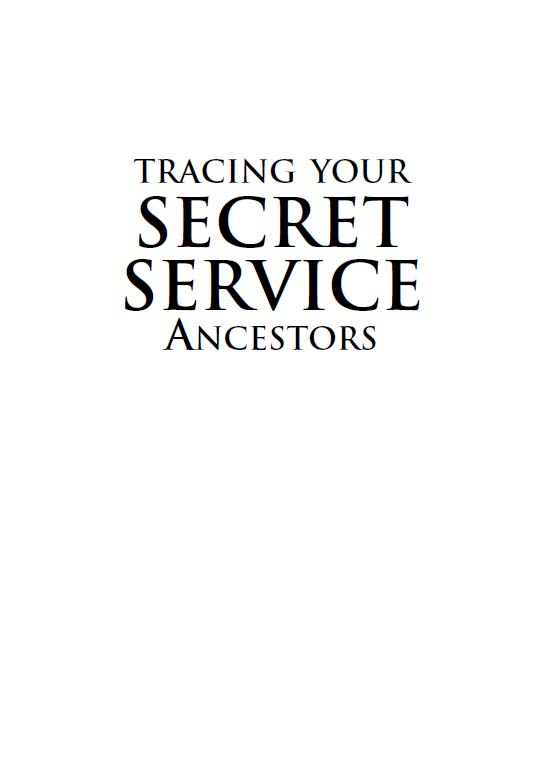
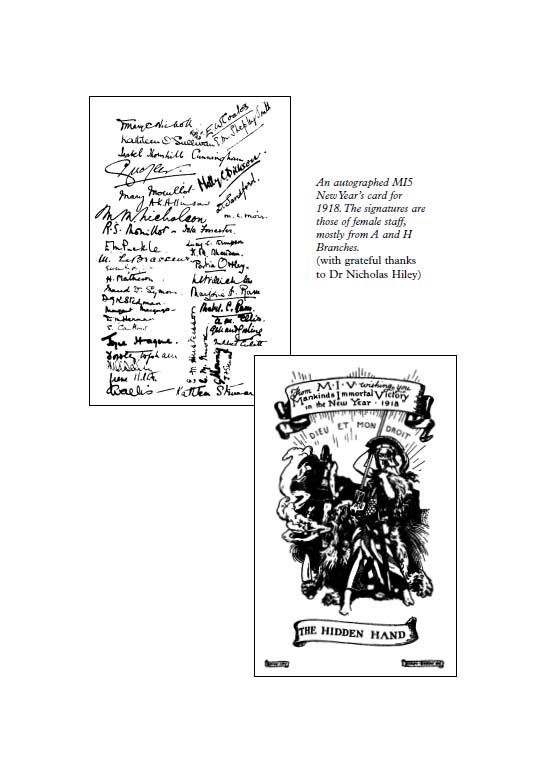
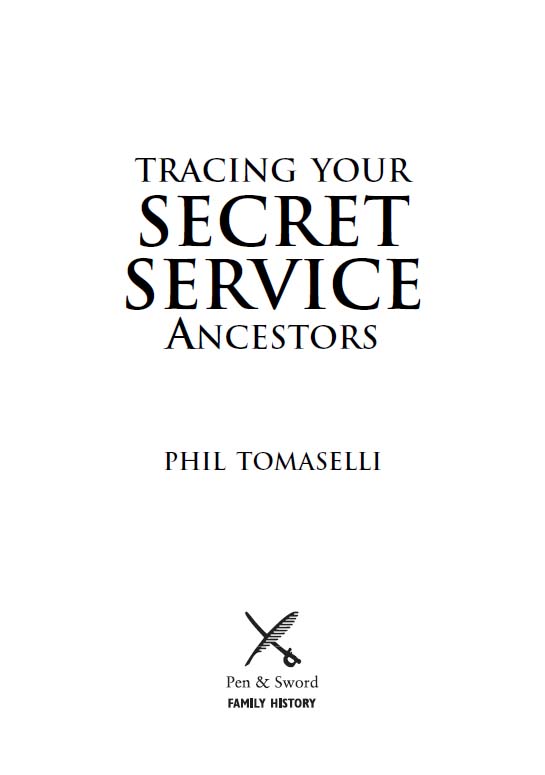
First published in Great Britain in 2009 by
PEN & SWORD FAMILY HISTORY
an imprint of
Pen & Sword Books Ltd
47 Church Street
Barnsley
South Yorkshire
S70 2AS
Copyright Phil Tomaselli 2009
ISBN 978 1 84415 9871
Digital Edition ISBN: 978 1 84468 8449
The right of Phil Tomaselli to be identified as Author of the Work
has been asserted by him in accordance with the Copyright,
Designs and Patents Act 1988.
A CIP catalogue record for this book is
available from the British Library.
All rights reserved. No part of this book may be reproduced or transmitted
in any form or by any means, electronic or mechanical including photocopying,
recording or by any information storage and retrieval system, without
permission from the Publisher in writing.
Typeset in Palatino and Optima by
S L Menzies-Earl
Printed and bound in England by
CPI UK
Pen & Sword Books Ltd incorporates the imprints of
Pen & Sword Aviation, Pen & Sword Maritime, Pen & Sword Military,
Wharncliffe Local History, Pen & Sword Select, Pen & Sword Military Classics
and Leo Cooper
For a complete list of Pen & Sword titles please contact
PEN & SWORD BOOKS LTD
47 Church Street, Barnsley, South Yorkshire, S70 2AS, England
E-mail:
Website:www.pen-and-sword.co.uk
CONTENTS
INTRODUCTION
T en years ago this book was scarcely possible. MI5 records were just beginning to be released; SOE personnel files were not released until 2003. SIS (more popularly MI6) records have not, and probably never will be, released. Even now there are gaps in the material but the diligent researcher stands a reasonable chance of finding out something about the life of an ancestor who worked in one of the secret services between the late Victorian period and the end of the Second World War.
MI5 and SIS are publishing official histories in 2009 and 2010, and an unofficial history of SIS is being written. Hopefully this volume will supplement these publications for people interested in carrying out their own detailed researches into individuals or operations. Where anything differs from the accepted (or even official) histories, I am happy to provide references, if not already quoted, to any researcher who enquires.
I have quoted many useful references and methods for finding others. I have also given details of some of the officers, agents and other staff I have researched over the years. There is no guarantee, however, that other investigations will produce the same kind of results. One diligent researcher, following an alleged British agent in Russia during the First World War, has checked every source and followed up every lead and still cannot confirm his tale. Many records were destroyed at the time or are likely to be retained indefinitely. But it is always worth trying.
This is a rsum of research I have carried out over the course of twenty years, mainly at The National Archives (TNA) but also at other archives. I began looking at intelligence records while researching the Intervention War in Russia and realised that, contrary to expectation, some secret-service material was available in records belonging to various government departments. An interest developed in the intelligence community generally and a gradual picture has emerged of the various organisations and how they interacted. Releases in the last ten years have provided much more information.
This book reflects my own interests and prejudices I have not touched British involvement in Ireland, nor the intelligence work done by the Special Forces during the Second World War. I have included some of the more esoteric organisations such as the Auxiliary Units (the British Resistance) and the British Army Aid Group (BAAG), which ran supplies into prisoner-of-war camps in Hong Kong, and did a little spying along the way.
Everyone who worked for the intelligence services signed the Official Secrets Act and will have had it explained to them, in no uncertain terms, the consequences of breaking it. Even though there may be records released from their service (MI5 or SOE), they may not feel their personal obligations to maintain secrecy have been discharged. Even after their deaths the administrators of their estates are likely to receive letters stressing that any material they had in their possession was the property of the Government and should be returned. Please, as much for your own sake as theirs, do not put living relatives under undue pressure to tell you what they might have done.
One important thing I would ask any reader who investigates a relative and finds out anything about their secret work is that they write it up and make it publicly available. The official histories are likely to be thin on personal detail apart perhaps from a few people at the very top, but it is the people who do the actual work, who look up the records, carry the messages, break the cyphers, follow the suspects, analyse the information and, on occasion, blow up the target or steal the information, upon which everything depends. Every scrap of information you find could be invaluable in building up a detailed history of the whole.
I would like to stress that all the information included about individuals has been derived from publicly accessible documents, some of which have been open for many years.
ACKNOWLEDGEMENTS
I owe a great debt to many people who have helped me, provided information and advice, as well as documents and photographs. My friends Professor Rick Spence of Idaho University and Dr Nicholas Hiley of the University of Kent have both greatly assisted me in understanding their particular specialities, and Nick kindly provided some of the illustrations. David List has long been an inspiration and mentor in my investigations, explaining patiently the importance of understanding exactly what individual documents mean, how they relate to one another and acting as a sounding board on later SOE and SIS operations. Julian Putkowski has been a fount of interesting information on obscure sources and themes, as well as providing many good laughs and illustrations from the MI5 cartoon book. Bryan Clough shared a great deal of information on Maxwell Knight, Fascism and the Harker brothers. Peter and Wenche Georgiadis deserve many thanks for allowing me to use Peters grandfather as an illustration of what can be found out about an individual if you are lucky and diligent. Major Ian Tomes and the Tomes Family History Society were invaluable in finding background on Sidney Tomes. Griselda Brooks kindly shared with me her researches into her uncle John Darwin. Dr Simon Leather provided me with information and photographs on John Leather. Dr John Salt translated French newspaper reports on the Leather case. Jan Keoghan at RNAS Yeovilton helped track down Lieutenant OCaffrey and gave me access to the RNVR officers ledgers. The staffs of Swindon libraries found obscure books and articlesmany obscure books and articles for me. Michael Smith, author of some excellent books on the subject, provided help and clarification on several matters. The staff of The National Archives have always been kind, helpful and professional and helped me find obscure documents. John Warwicker kindly showed me round the British Resistance Museum and provided information on the organisation and its members. I owe grateful thanks to Rena for the Collas papers and permission to use his photograph, and to Linda Pascal for putting us in contact. John Gallehawke kindly showed me round the Bletchley Park archives. Simon Fowler has acted my friend and editor over several years.

